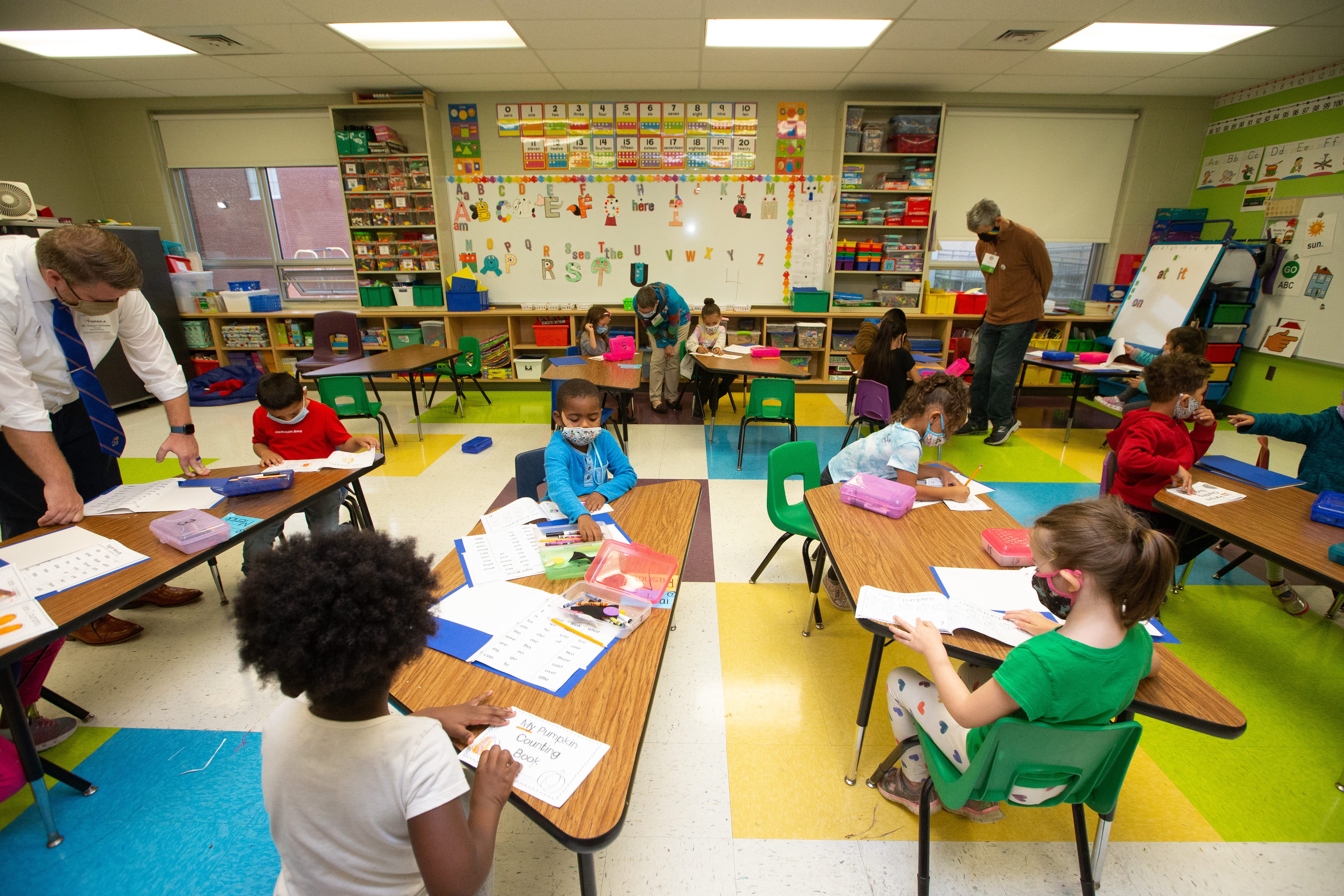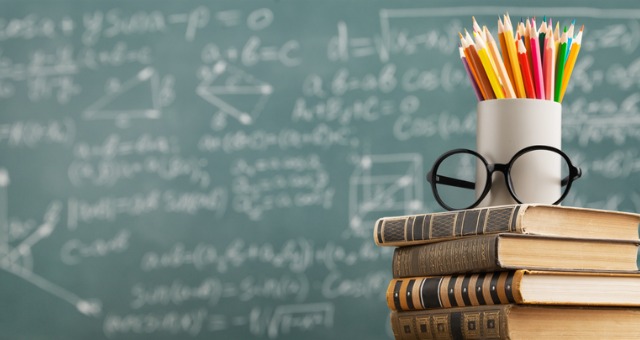Primary Science Tuition Singapore for Building Confidence in Science
Primary Science Tuition Singapore for Building Confidence in Science
Blog Article
A Comprehensive Overview to the Different Understanding Techniques in Main Science Direction
The expedition of varied learning methods in main science instruction offers an opportunity for instructors to boost trainee engagement and understanding dramatically. By checking out hands-on knowing techniques, inquiry-based approaches, and collective strategies, we can identify efficient practices that cater to different finding out styles.

Hands-On Discovering Strategies
Hands-on learning techniques play a crucial function in key science direction, engaging trainees in energetic exploration and trial and error. These techniques enable learners to engage straight with materials and phenomena, fostering a much deeper understanding of scientific principles. By utilizing manipulatives, designs, and real-life experiments, instructors create an environment where pupils can observe, assume, and examine their concepts.
Such strategies not just enhance understanding yet additionally cultivate essential thinking and problem-solving abilities. When pupils take part in tasks like developing easy devices, growing seeds, or conducting chain reactions, they are motivated to ask concerns and seek answers with their very own monitorings. This experiential technique aids to demystify complicated scientific concepts, making them a lot more relatable and easily accessible.
Moreover, hands-on discovering advertises collaboration among peers, as trainees usually operate in groups to conduct experiments or share findings. This synergy not only improves their knowing experience yet likewise develops necessary social abilities. Inevitably, integrating hands-on strategies in main scientific research direction cultivates a long-lasting love of discovering and curiosity regarding the environment, laying a solid foundation for future scholastic pursuits in scientific research and beyond.
Inquiry-Based Learning
Inquiry-based discovering is an instructional technique that encourages students to ask questions, examine sensations, and create their very own understanding of clinical principles. This approach changes the focus from typical teacher-led direction to a more student-centered experience, where students take the initiative in their educational trip. By promoting inquisitiveness, inquiry-based discovering advertises much deeper engagement with the product, enabling pupils to check out topics in a purposeful context.
In method, this strategy frequently involves hands-on experiments, observations, and important thinking activities that straighten very closely with the scientific technique. Trainees are urged to formulate hypotheses, design examinations, and analyze data, which grows crucial abilities such as analytical and problem-solving thinking. The duty of the teacher in this framework is to help with exploration, guiding pupils through the questions procedure while motivating independent idea and partnership.
In addition, inquiry-based knowing nurtures a sense of possession over the discovering process, motivating trainees to pursue understanding proactively. This method not just enhances understanding of scientific principles yet also fosters a long-lasting love for knowing, furnishing trainees with the skills necessary to navigate an increasingly complex globe.
Collaborative Discovering Approaches
Collective discovering approaches encourage students to take part in significant interactions with peers, cultivating a shared obligation for their educational outcomes. In key scientific research guideline, these strategies motivate students to collaborate to explore scientific principles, address troubles, and carry out experiments (primary science tuition Singapore). By joining team activities, students can leverage varied point of views, permitting for richer understanding and retention of scientific understanding
One secret facet of joint learning is the emphasis on interaction abilities. Trainees must express their thoughts, pay attention actively to others, and work out concepts, all of which are important proficiencies in both real-world and academic contexts. This social interaction not only boosts their understanding of clinical concepts however additionally advertises teamwork and conflict resolution skills.
When students see the value of their payments within a team, they are a lot more most likely to take possession of their discovering trip. In general, incorporating collaborative discovering methods in primary science direction cultivates a vibrant discovering environment that prepares trainees for future scholastic and social difficulties.
Modern Technology Integration in Science
The integration of innovation in primary science instruction boosts finding out experiences by offering innovative tools and resources that support different mentor approaches, consisting of collaborative learning - primary science tuition Singapore. Using digital systems, simulations, and interactive applications permits trainees to engage deeply with scientific concepts, facilitating a more hands-on strategy to understanding
Digital laboratories, as an example, enable students to perform experiments safely and successfully, advertising inquiry-based learning. These tools can mimic real-world scientific scenarios, permitting students to envision complicated procedures that would certainly be hard to duplicate in a internet traditional class setup. In addition, modern technology cultivates communication and collaboration among pupils, as they can share findings and collaborate on jobs via online systems.
Furthermore, multimedia presentations and academic videos can enhance lessons by dealing with varied knowing styles, making abstract concepts more accessible. Information evaluation devices also encourage students to accumulate and analyze scientific data, strengthening crucial believing abilities. In general, the critical consolidation of modern technology in main science direction not only improves involvement yet additionally prepares trainees for a technologically advanced culture, furnishing them with necessary skills for future scientific undertakings.
Differentiated Direction Techniques
Set apart direction techniques are necessary for resolving the diverse needs of learners in primary science education. These techniques make it possible for educators to tailor their teaching methods to suit redirected here differing capabilities, rate of interests, and learning styles within the class. By employing set apart guideline, instructors can create an inclusive environment that cultivates engagement and improves understanding of clinical principles.
One efficient approach is to utilize adaptable grouping, which enables pupils to team up with peers at similar skill levels or with differing point of views. This method motivates peer knowing and advertises vital thinking. In addition, supplying selections in jobs can encourage trainees, allowing them to pick projects that resonate with their passions while still satisfying curricular purposes.
Furthermore, integrating tiered projects is an additional important technique. By developing tasks with differing degrees of intricacy, teachers can ensure that all trainees are properly tested, despite their proficiency. Using formative analyses to determine comprehending more enables instructors to readjust their instructional techniques dynamically, guaranteeing that each learner obtains the assistance they need.
Ultimately, executing differentiated instruction techniques in primary science education and learning not just boosts trainee learning outcomes yet likewise grows an interest for science, preparing pupils for future academic searches.

Verdict
In recap, efficient primary scientific research direction necessitates a complex approach that incorporates hands-on understanding, inquiry-based approaches, and collective strategies. The combination of modern technology and set apart guideline even more satisfies varied discovering designs, cultivating an atmosphere for exploration and important thinking. By applying these approaches, educators can boost student involvement and comprehension, ultimately nurturing a lifelong enthusiasm for scientific research and query. Such thorough methods are necessary for creating notified and interested future scientists.
The exploration of diverse discovering methods in primary scientific research instruction offers a chance for teachers to improve trainee involvement and comprehension dramatically.Hands-on knowing methods play an essential role in main scientific research instruction, engaging trainees in energetic expedition and testing.Inquiry-based learning is a training strategy that urges pupils to ask inquiries, check out sensations, and build their very own understanding of scientific principles.Collective discovering approaches empower trainees to engage in meaningful interactions with peers, fostering a common responsibility for their instructional end results. Overall, incorporating joint knowing methods in key science guideline cultivates a dynamic knowing setting that prepares students for future academic and find out here now social obstacles.
Report this page